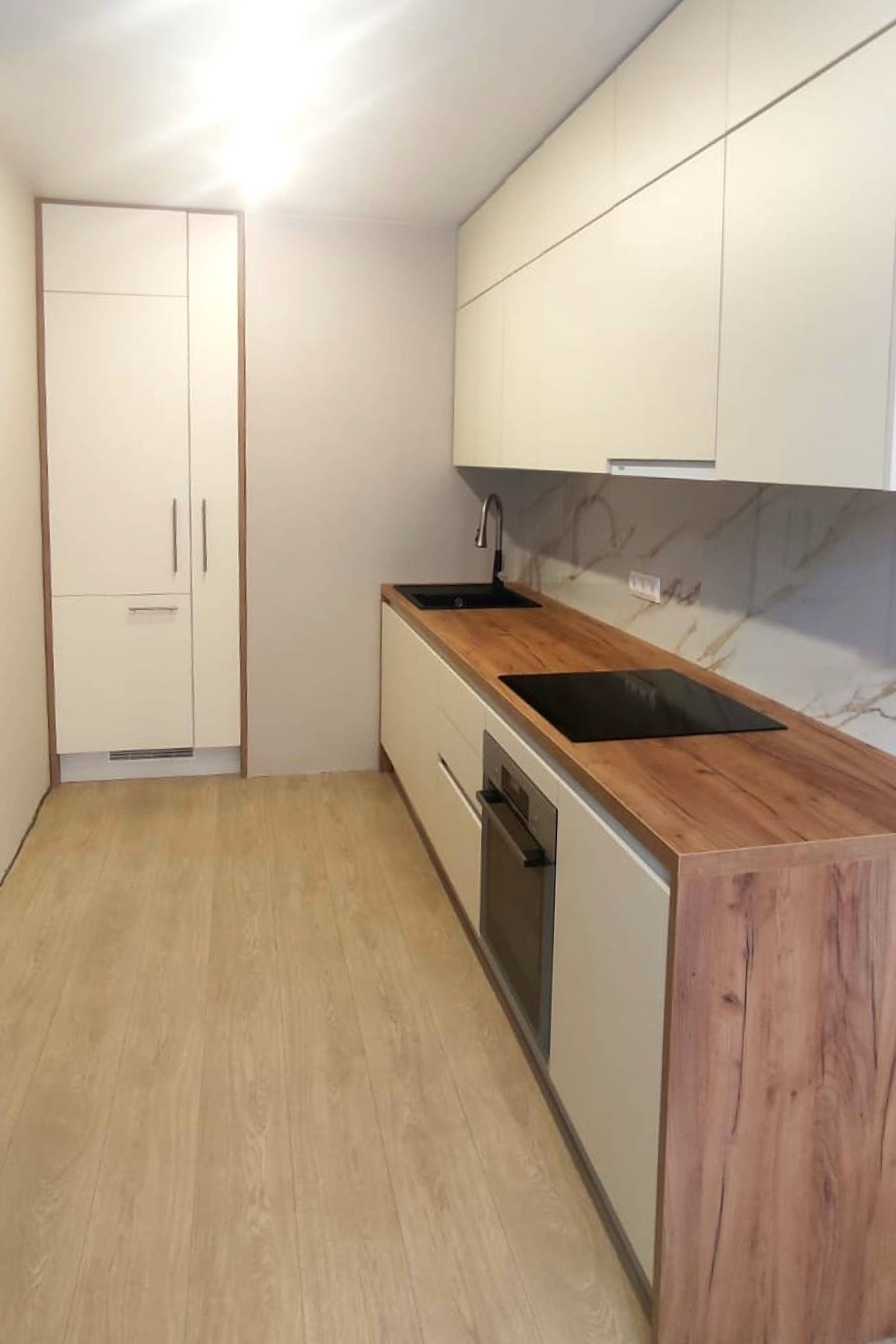Culinary Spaces Redefined: Essentials
Introduction to Modern Culinary Spaces
The essence of modern culinary spaces extends far beyond the traditional kitchen. Homeowners and restaurateurs alike are embracing innovative designs that marry functionality with aesthetic appeal. This redefinition of culinary spaces is propelled by the desire to create environments that not only cater to the practical needs of cooking and dining but also serve as a hub for social interaction and creative expression.
Essentials of a Redefined Culinary Space
Redefining a culinary space requires a blend of several key elements. These essentials can transform any ordinary kitchen into a versatile area ready for both culinary excellence and day-to-day living. Here, we will delve into the core components that are must-haves in these newly conceptualized spaces.
Intelligent Storage Solutions
Innovative storage options are at the heart of a redefined culinary space. With clever cabinetry, hidden compartments, and multi-purpose furniture, kitchens can now offer a clutter-free environment that maximizes space without sacrificing accessibility or style. Features like pull-out pantries, corner drawers, and custom shelving play a crucial role in organizing kitchen essentials while offering the ease of access required during cooking.
Versatile Workstations and Surfaces
Modern culinary spaces emphasize the importance of versatile workstations. This may include multi-level islands that can serve as a prep area, dining table, or even a casual workspace. The integration of durable and easy-to-clean materials such as quartz or granite for countertops ensure that aesthetics meet practicality. Additionally, retractable surfaces and convertible furniture pieces are increasingly common, allowing for a flexible arrangement according to the needs of the moment.
Smart Appliances and Technology
The new kitchen essentials now invariably include state-of-the-art smart appliances and gadgets. Refrigerators that can help manage your grocery list, ovens that can be controlled remotely, and smart faucets that deliver precise water temperatures are just the tip of the iceberg. Integration with home assistants and devices also means that scheduling, timing, and monitoring culinary tasks can be done with voice commands or through a smartphone app.
Eco-Friendly Features
As environmental concerns become more prominent, eco-friendly features are now a staple in culinary spaces. This may include energy-efficient appliances, sustainably sourced materials, and waste-reduction systems such as composting options and recycling centers. LED lighting also plays a significant role in reducing the carbon footprint while creating an ambiance that enhances the culinary experience.
Social Interaction Zones
Today’s culinary spaces are not just for individual cooking; they are designed with social interaction in mind. Open floor plans with a seamless transition to living areas encourage engagement among family and friends. The dining area, often integrated into the kitchen space with bar stools or banquet seating, creates a welcoming environment for people to gather and connect.
Conclusion
Culinary spaces have undoubtedly evolved into multifunctional hubs echoing the dynamic rhythm of contemporary life. Incorporating elements such as intelligent storage, versatile workstations, technological advancements, eco-friendly choices, and spaces for socialization, reimagines the heart of the home. These essentials, when executed thoughtfully, create a culinary space that inspires creativity, fosters connection, and celebrates the joy of cooking and dining in a modern setting.
